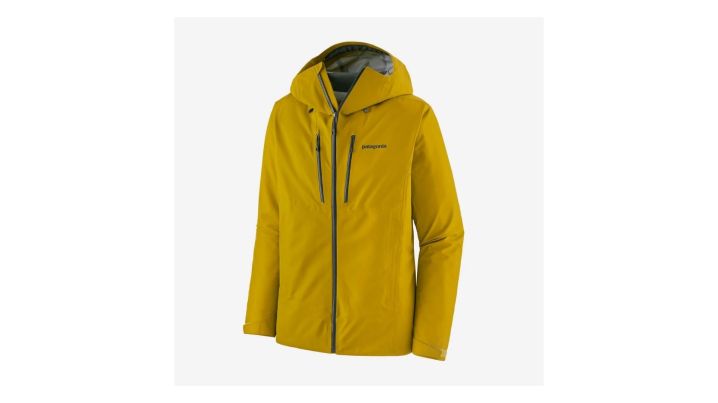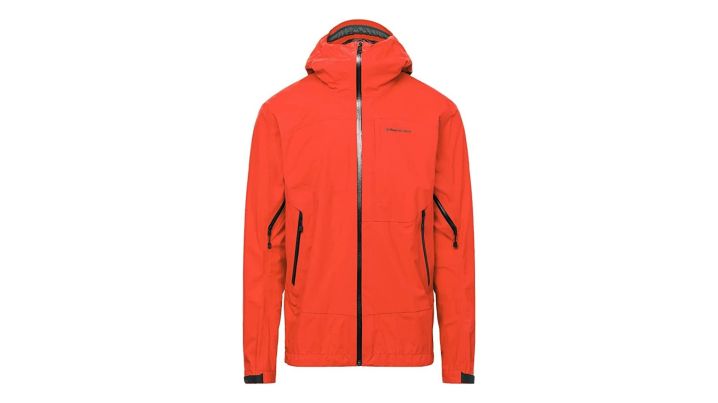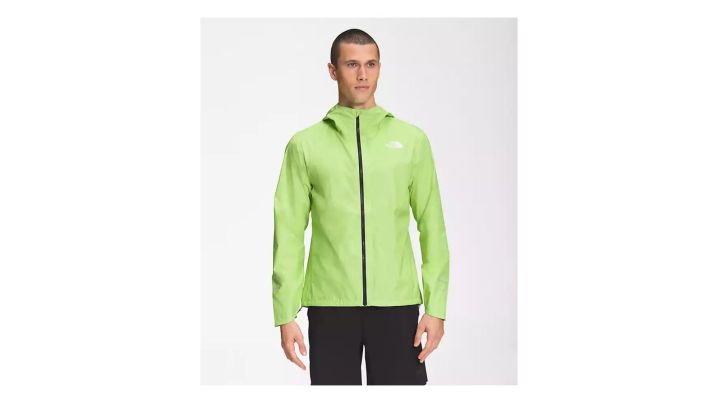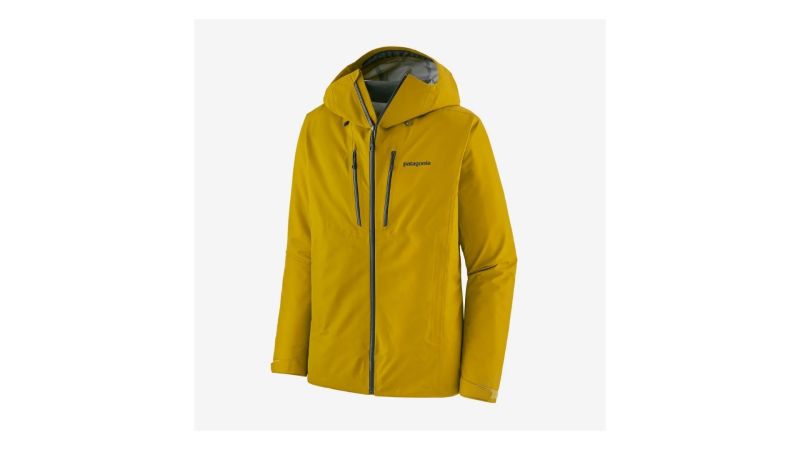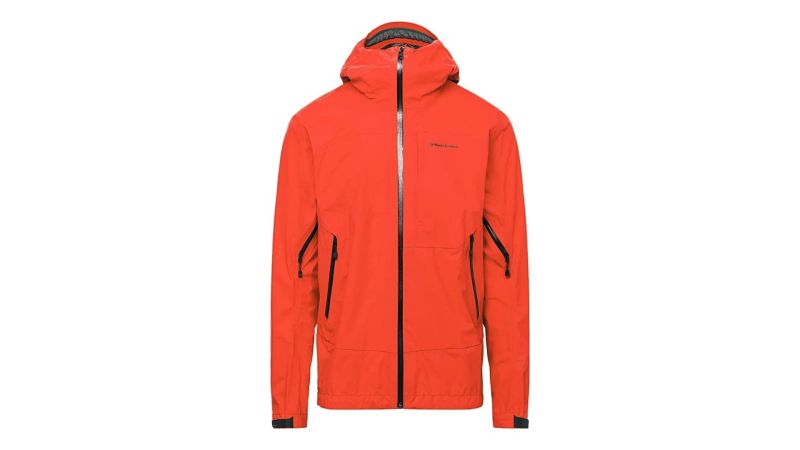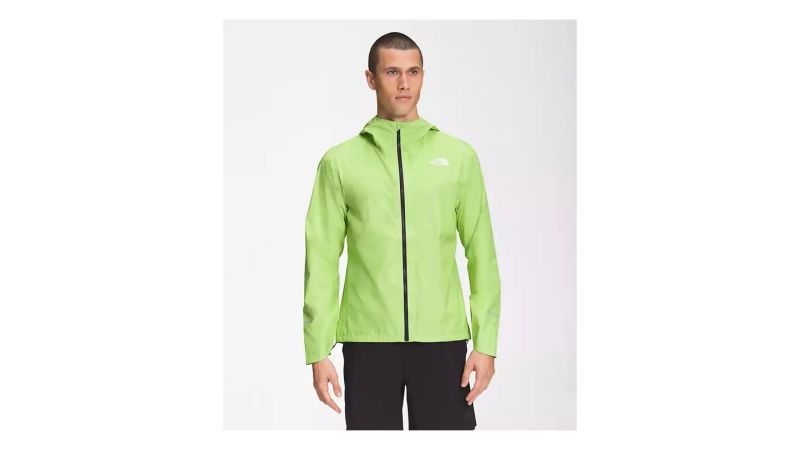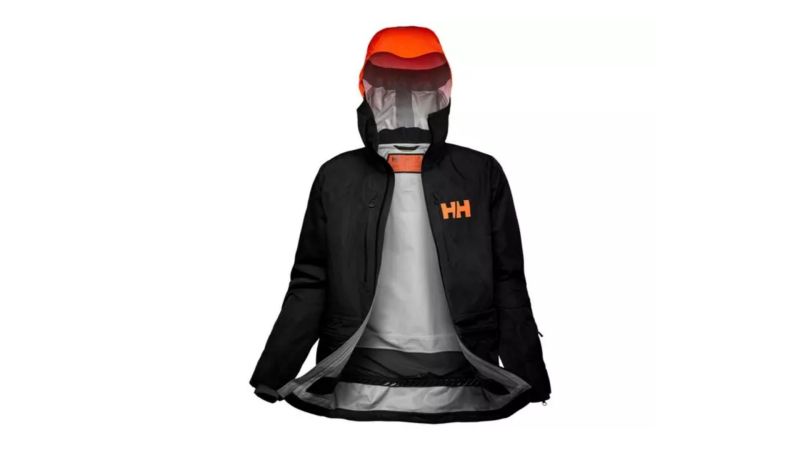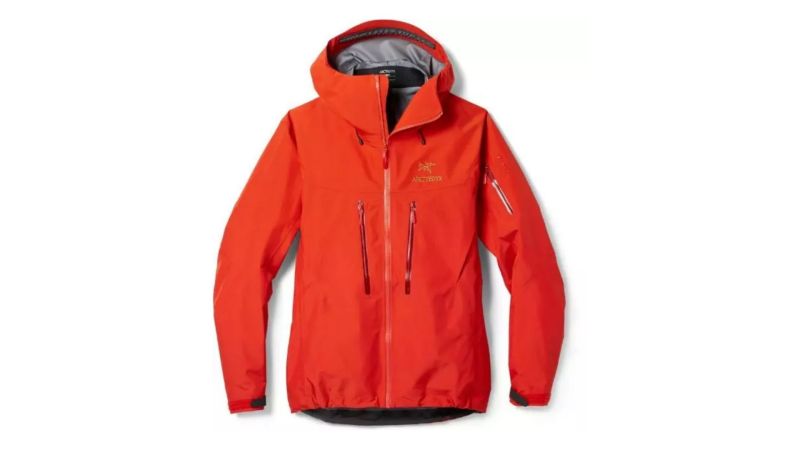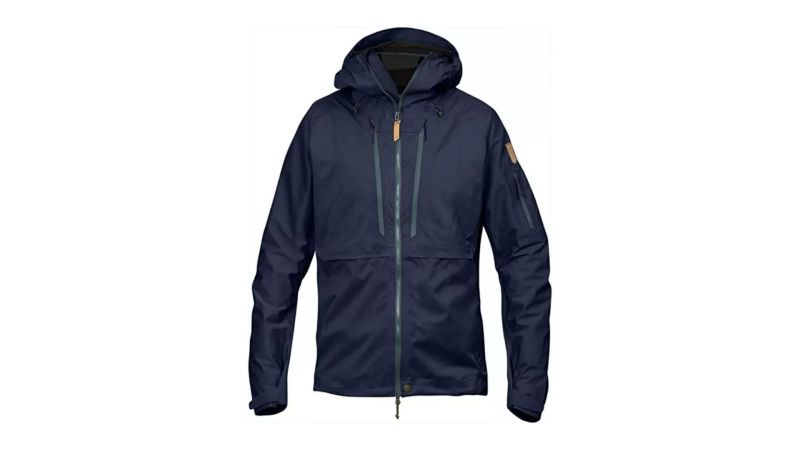We may earn revenue from the products available on this page and participate in affiliate programs.
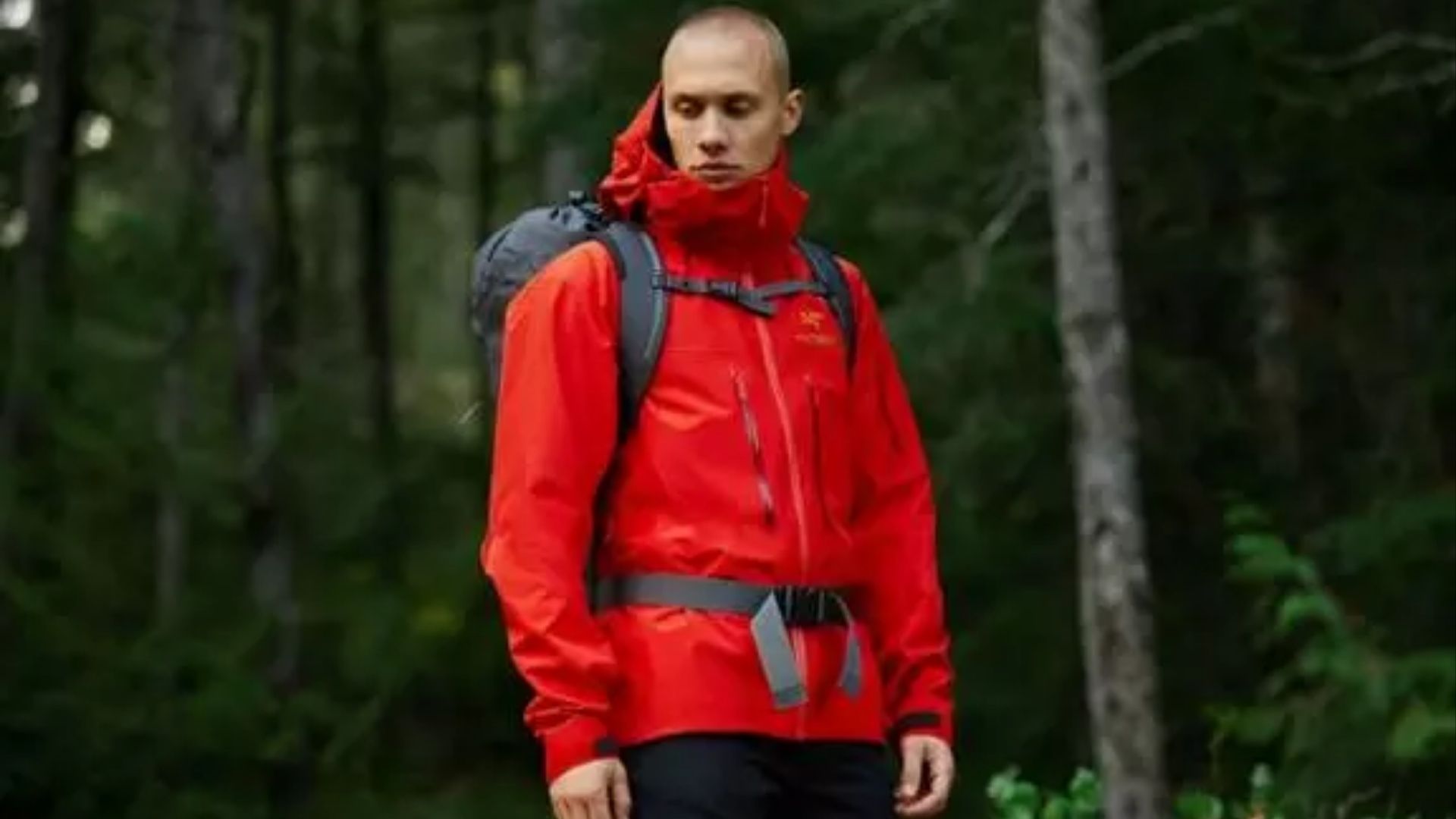
People who know their way around the backcountry dress in layers, and that all starts with the best hardshell jacket for the job. Protecting yourself against the elements should be a top priority. Insulated mid-layers and moisture-wicking base layers are important, too, but they can’t help you if the wind and rain get involved. Your outermost layer has an outsized effect on how well you’ll do in the wild.
We combined personal experience with online research to nail down exactly what separates good hardshell jackets from substandard ones. Then, we combed through the best backcountry and alpine apparel brands to find jackets that meet that criteria, factoring in enough variety to satisfy different needs. Somewhere in the gear guide below is the best hardshell jacket for you.
- Best Overall: Patagonia Triolet
- Best Budget: Black Diamond HighLine Stretch Shell
- Best Lightweight: The North Face First Dawn
- Best Skiing: Helly Hansen Elevation Infinity 20
- Best Mountaineering: Arc’teryx Alpha SV
- Best Casual: Fjallraven Keb
Best Overall
Patagonia Triolet
Best Value
Black Diamond HighLine Stretch Shell
Best Lightweight
The North Face First Dawn
Best Skiing
Helly Hansen Elevation Infinity 20
Best Mountaineering
Arc’teryx Alpha SV
Best Mountaineering
Fjallraven Keb
Things to consider before buying a hardshell jacket
Materials
One of the first differentiators you’ll notice is the denier rating of various fabrics. A higher denier rating indicates thicker material, which you may or may not find desirable. Manufacturers also use different methods of shell waterproofing. Gore-Tex is the most well-known (and for good reason), but other proprietary treatments like Black Diamond’s BD.dry, Patagonia’s H2No, and The North Face’s Futurelight also exist. Your needs will determine which is best for you; a winter hiking jacket for Colorado and a spring hiking jacket in the Pacific Northwest are very different things, after all. Something as simple as color may affect your buying decision. Do you want to stand out on the slopes or blend into the forest? That’s up to you.
Fit
Just like any other piece of clothing, hardshell jackets fit different body types, well, differently. Fortunately, outer layers tend to be pretty forgiving because they’re intended to be worn over at least one other layer with a loose fit. Other considerations include hoods that can fit over a helmet and pockets that are high enough to access over your pack’s hip belt. Active lifestyles also require jackets that stretch and bend with you rather than binding up and holding you back.
Weight
If you’re in a region that has variable weather, you’ll likely be moving your hardshell jacket from your body to your pack and back again pretty regularly. The less you wear it, the more you’ll care about weight. Backcountry jackets that spend a lot of time riding shotgun in your pack should be light and compact. The ones that you need to wear all the time can afford to be a little more robust.
FAQs about hardshell jackets
Q: Do hardshell jackets keep you warm?
A: Hardshell jackets protect against wind and rain, which will help you stay warm, but they don’t have insulation. Your hardshell jacket should be large enough to fit over an appropriately insulated mid layer so you can add and remove layers throughout the day as necessary.
Q: What’s the difference between hardshell and softshell jackets?
A: Think of hardshell jackets as an evolution of the rain jacket. Softshell rain jackets might use two layers of material to create a waterproof barrier, but they aren’t very durable. Hardshell jackets usually use three layers of material and are built to take more physical abuse. If you’re just going to be running from the car to work in the rain, save some money and get a lightweight softshell jacket. If you’re going to be breaking trail in the mountains, you need a hardshell jacket.
Q: Are hardshell jackets windproof?
A: Yes, hardshell jackets are windproof and waterproof. They also hold up well against pokes and scrapes.
Q: What is the most eco-friendly hardshell jacket?
A: Making the best products for the environment isn’t always about sustainable materials and efficient manufacturing processes. One of the best things you can do is keep products out of the landfill. Patagonia is making that easier than ever by offering its already environmentally-friendly products available as used items that deserve a second lease on life. Check them out and save some money with the Worn Wear program.
Q: Is a hardshell jacket worth it?
A: Hardshell jackets are an investment. If you plan on hiking, camping, skiing, or otherwise spending time in unforgiving environments, a hardshell jacket will earn its keep in no time. If you spend your free time in town, it’s probably not necessary.
Final thoughts
Cutting-edge features and design are great, but sometimes you just need a solid piece of gear that’s well-built, up for anything, and — above all else — effective. That’s exactly what the rough-and-tumble Patagonia Triolet is. If you want a more specialized hardshell jacket, the rest of our picks have you covered.
Methodology
A lot of the gear we test at Task & Purpose can have life-saving implications, but the apparel that stands between you and the elements is particularly important. Product selection for this gear guide was informed by my experience in the military, camping, and skiing. I also consulted fellow gear testers with extensive backcountry credibility. Finally, to minimize our collective blind spots, I spent hours reading up on lesser-known brands and new product releases to crowd-source even more knowledge.
In addition to the brands that made the final cut — Arc’teryx, Black Diamond, Fjallraven, Helly Hansen, Patagonia, and The North Face — I considered hardshell jackets from Eddie Bauer, Kuiu, and Mammut, Outdoor Research. All contenders were evaluated on waterproofing, materials, durability, fit, features, price, and intended use. The brands that didn’t get included offer great jackets as well, they just don’t have the combination of unique features and audience-specific benefits needed to knock one of my picks off the list for Task & Purpose readers.
